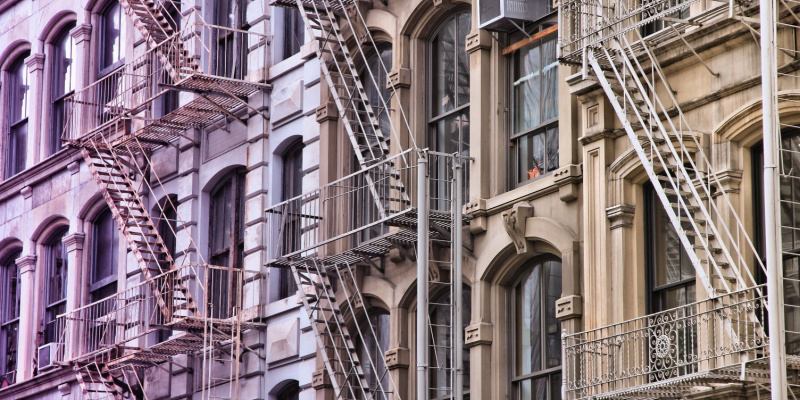The bustling streets of Manhattan may offer a dynamic backdrop for restaurant owners, but they also present a persistent and daunting challenge: rat problems. The constant influx of people, abundant food sources, and cramped urban spaces provide an ideal breeding ground for these resilient pests. For restaurant owners in Manhattan, rat infestations can quickly turn into a harrowing nightmare, impacting reputation, health standards, and financial stability.
The Perilous Impact on Reputation
In the fiercely competitive culinary scene of Manhattan, reputation is paramount. A single sighting of a rat within the restaurant or near its premises can tarnish years of hard work and dedication. Social media platforms and online review websites amplify these incidents, causing potential customers to think twice before dining at a restaurant with a rat problem. The stigma associated with rat infestations is challenging to shake off, leading to decreased foot traffic and revenue loss.
Health and Sanitary Concerns
Rats are notorious carriers of diseases from salmonella and hantavirus to leptospirosis. Their presence in a restaurant poses a severe health risk to both customers and employees. Contaminated surfaces, food, and utensils can lead to foodborne illnesses that harm individuals and result in legal liabilities for the restaurant owner. The health department’s strict regulations can lead to sudden closures, fines, and a tarnished reputation that is challenging to repair.
Financial Strain
Dealing with a rat infestation can place a significant financial burden on restaurant owners. Structural repairs, sanitation upgrades, and disposal of contaminated goods further add to the costs. Simultaneously, the decline in customers and negative reviews can erode profits, making it challenging to maintain day-to-day operations, let alone invest in growth or expansion.
Mitigation Efforts and Prevention
To address rat problems effectively, restaurant owners must adopt a multifaceted approach. Several steps you can take to help mitigate and eventually eliminate the rat problems include:
- Maintaining Cleanliness
Ensure that the restaurant’s premises are kept clean at all times. Regularly sweep, mop, and sanitize floors, counters, and other surfaces. Remove food scraps, spills, and waste promptly.
- Secure Food Storage
Store all food items in airtight containers made of metal or glass. Rats can chew through plastic and paper, so avoid using these materials for food storage.
- Proper Waste Management
Dispose of garbage in tightly sealed, rat-proof containers. Arrange for frequent waste removal by a licensed waste management service to prevent trash from accumulating.
- Seal Entry Points
Conduct a thorough inspection of the restaurant’s exterior and interior for any gaps, holes, or cracks that rats could use to enter. Seal these entry points using materials like steel wool, caulk, or mesh.
- Educate Staff
Train your staff to be vigilant about cleanliness and to report any signs of rat activity immediately. Make them aware of proper food storage practices and waste disposal protocols.
- Use Natural Deterrents
Some natural deterrents like peppermint oil, ammonia, or even the presence of certain predators’ scents (e.g., fox urine) can discourage rats from entering your premises. Electronic deterrents can be helpful as well. However, these methods might have varying degrees of effectiveness.
- Implement Pest Elimination Measures:
Hire a professional pest elimination service experienced in dealing with rat infestations. They can provide ongoing monitoring and prevention and employ elimination techniques that will get rid of the rodents for good.
Collaboration with Local Authorities
The battle against rat infestations extends beyond the restaurant premises. Restaurant owners can collaborate with local authorities and community organizations to address the issue’s root causes. Initiatives such as improved waste disposal infrastructure, public awareness campaigns, and rat control measures can collectively create a healthier urban environment for everyone.
For Manhattan restaurant owners, rat problems represent more than just a nuisance – they are a threat to their livelihoods and dreams. The repercussions of infestations can be severe, impacting reputation, health standards, and financial stability. Through diligent prevention efforts, commitment to maintaining a clean and safe environment, and help from the experts at Systematic Pest Elimination, restaurant owners can work towards minimizing the impact of rat problems and continue to serve their customers with confidence in the heart of this vibrant city.




